We recently connected with Briana Figeroux and have shared our conversation below.
Hi Briana, thanks for joining us today. Let’s start with the story of your mission. What should we know?
I started Face Card Activated as a means to reconnect to my own creativity. I spent roughly 10+ years in various roles across different industries. I worked as a fashion PR manager, procurement director for an interior design and architecture firm in NYC. I currently work as freelance graphic designer, freelance makeup artist, and a project manager for an interior design company in Hoboken, NJ.
Through the course of these years, I developed a vast amount of skills that I used to help others bring their creative ideas to reality, but I felt a creative void for myself that I wanted to reconnect to.
During a hard point in my career last year, I turned to my creativity as a means of self reflection and healing. When I analyzed the different low points of my life, a pattern emerged. I realized I always turned to my artistry as a source of healing. Whether through graphic design, makeup, painting, or photography, I used whatever medium I was drawn to at the moment to reconnect to myself.
Through this, Face Card Activated was born. Our mission is to merge artistry with storytelling as a means to help not only myself but those I collaborate with to craft transformative visuals that inspire confidence, celebrate individuality, and encourage meaningful connection with their communities. We are passionate about how art, whether through the use of makeup, photography, graphic design, painting, etc., can be used as a means of self discovery. In doing so, we hope to encourage others to find their inner light and use that light to shape a better world.
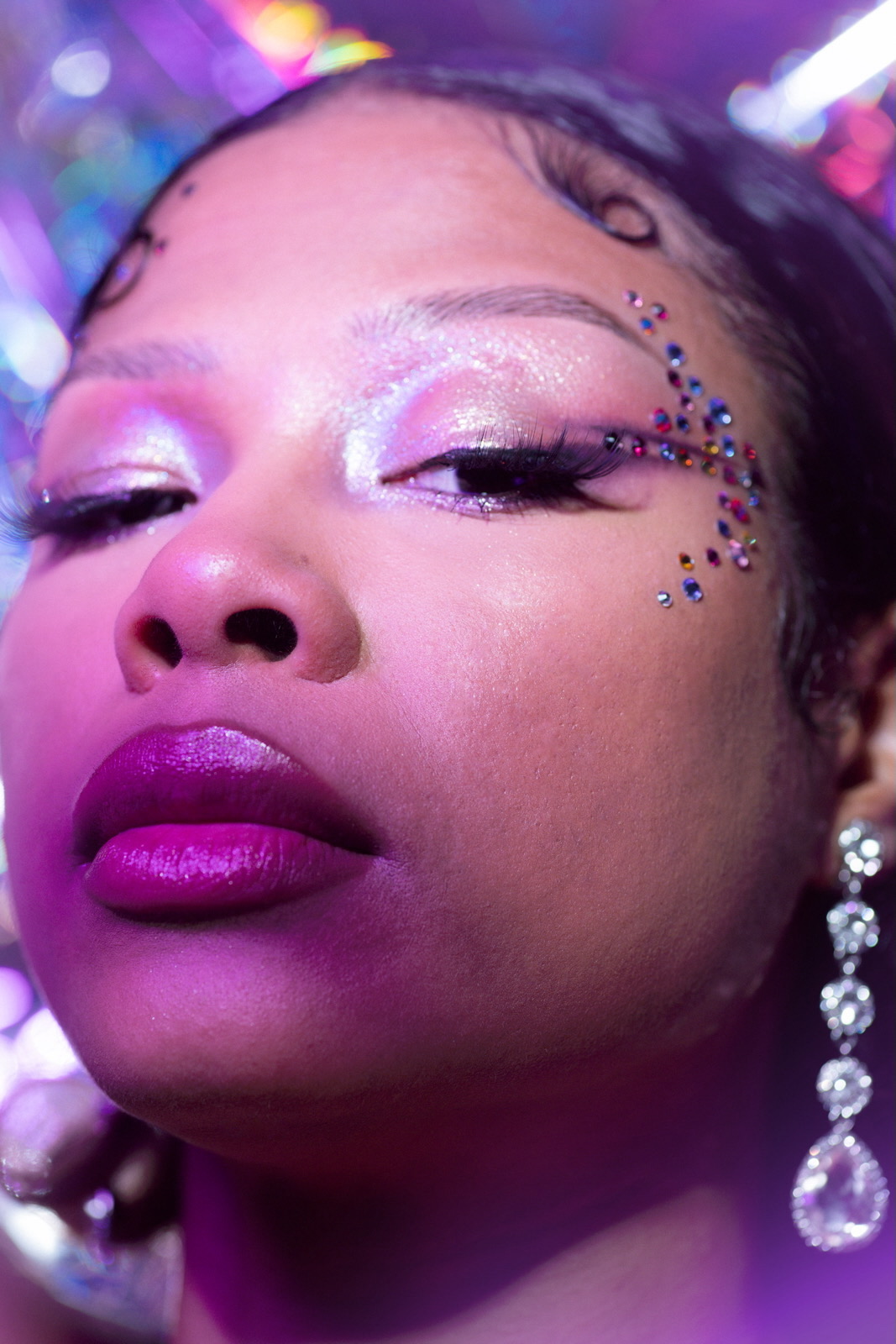
Briana, love having you share your insights with us. Before we ask you more questions, maybe you can take a moment to introduce yourself to our readers who might have missed our earlier conversations?
Coming from a creative family, art has always been an integral part of my life. I was first introduced to graphic design at 12 years old when my brother showed me Adobe Photoshop. That moment opened up a world of creative possibilities—I began editing photos and transforming my sketches into digital works of art.
I carried this passion into college, where a Public Relations professor encouraged me to join the university’s PR and Creative Services department. There, I was fortunate to work under mentors who trusted my creative voice and gave me the freedom to lead on a variety of projects. I designed promotional materials for official school events, created a billboard, and assisted with the annual graduation booklets—even continuing to support the team after I left. I also served as the school photographer, which helped me sharpen my eye for composition and storytelling through visuals.
During college, I also began exploring makeup artistry. My first opportunity came at a local fashion show, and I remember noticing how models were lining up at my station—drawn to my technique and attention to detail. That was a defining moment for me.
After graduation, I accepted a role as a Public Relations Manager for a clothing brand, which allowed me to deepen my creative experience. Beyond my PR responsibilities, I was hands-on in photoshoots—casting models, styling, directing, and even stepping in as a model when needed. These moments showed me the power of versatility and the value of creative leadership.
All of these experiences ultimately led me to start my own creative agency, Face Card Activated. We offer a full suite of services—from photography and makeup artistry to graphic design, styling, and art direction. Our goal is to be a one-stop shop for individuals and brands seeking intentional, cohesive, and impactful visual storytelling. Our multi-disciplinary approach allows us to view each project from multiple angles and deliver work that’s both aesthetically strong and deeply aligned with our clients’ vision.
I’m especially proud of the community-focused work we’re doing. Right now, Face Card Activated is partnering with local nonprofits to lead creative workshops for youth, encouraging them to explore art in its many forms. We aim to help them build confidence, develop their voice, and see how creativity can be a tool for self-discovery and connection.
Starting FCA helped me reconnect with the artist in myself, and we’re passionate about helping others do the same.
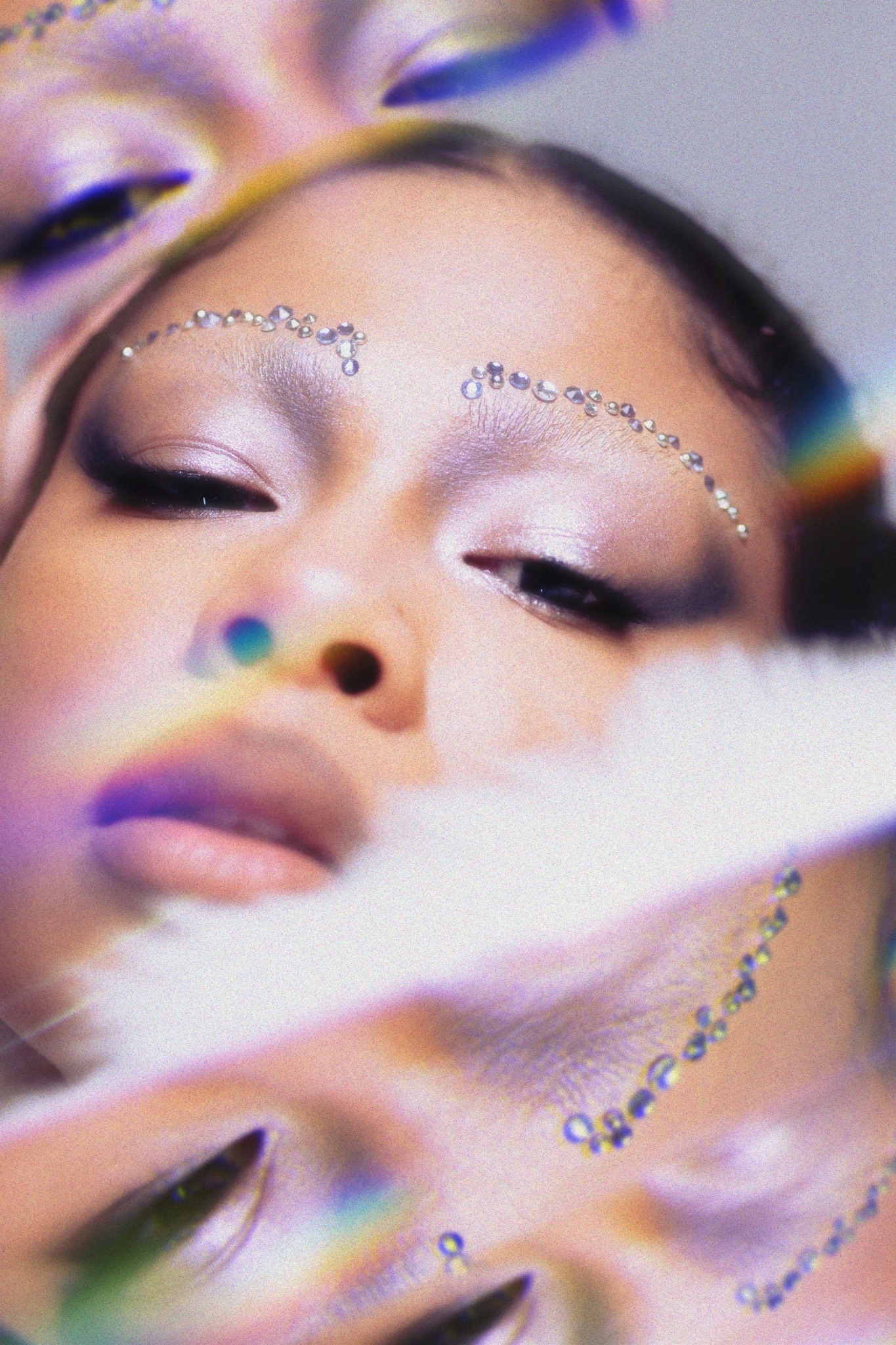
We often hear about learning lessons – but just as important is unlearning lessons. Have you ever had to unlearn a lesson?
The biggest lesson I’ve had to unlearn is that perfection is unattainable—and often detrimental to a creative mind. It’s something I’m still actively working through, and I’ve had to become more intentional about how I speak to myself throughout my creative process.
As a child of immigrant parents, the pursuit of perfection was ingrained in me early on. We’re often taught that there’s no room for mistakes because we’re navigating a world that doesn’t extend us the same grace. That mindset, while rooted in survival, can eventually stifle creativity and growth.
I consider myself a recovering perfectionist. Whether I’m creating a makeup look or designing a logo, I still feel that internal pressure to get everything “just right.” But I’ve learned to give myself more grace in those moments. Sometimes that means taking a step back, walking away from the work, and coming back to it with fresh eyes and a gentler perspective.
Lately, I’ve even been testing myself with small acts of release. I recently created a video showcasing a makeup look, and I noticed the transitions and music weren’t perfectly aligned. It bothered me—because I saw the flaw, even if others wouldn’t. I debated spending another two hours fixing it, but instead, I challenged myself to let it go and post it as is. And guess what? No one mentioned the off timing. The video was still impactful. That was a subtle but important reminder: something doesn’t need to be perfect to be powerful.

Any resources you can share with us that might be helpful to other creatives?
I recently discovered that photographers use online lighting diagram generators to plan their studio setups—and it’s been a game changer for me. I’m very particular about lighting and have developed a deep interest in how it can be used to set a mood or evoke emotion. Light isn’t just a technical tool—it’s a storytelling element, and I’m fascinated by the way it can completely shift the feeling of an image.
When I began taking my makeup artistry more seriously, I actually felt insecure about shooting my own beauty content. Beauty photography requires more than just great makeup—it demands a sharp eye for lighting, angles, and detail. I wasn’t confident in my ability to light my subjects the way I envisioned, so I held off on capturing my own work until I could learn more.
Looking back, I think if I had access to lighting diagram generators earlier, I would’ve gained confidence much sooner. Having a visual tool to plan and experiment with lighting setups has helped bridge the gap between what I imagine creatively and what I can actually execute. It’s empowering—and it’s reminded me that the right tools can unlock so much growth.
Contact Info:
- Instagram: Facecardactivated
- Other: Tik Tok is facecardactivated
Business email is [email protected]
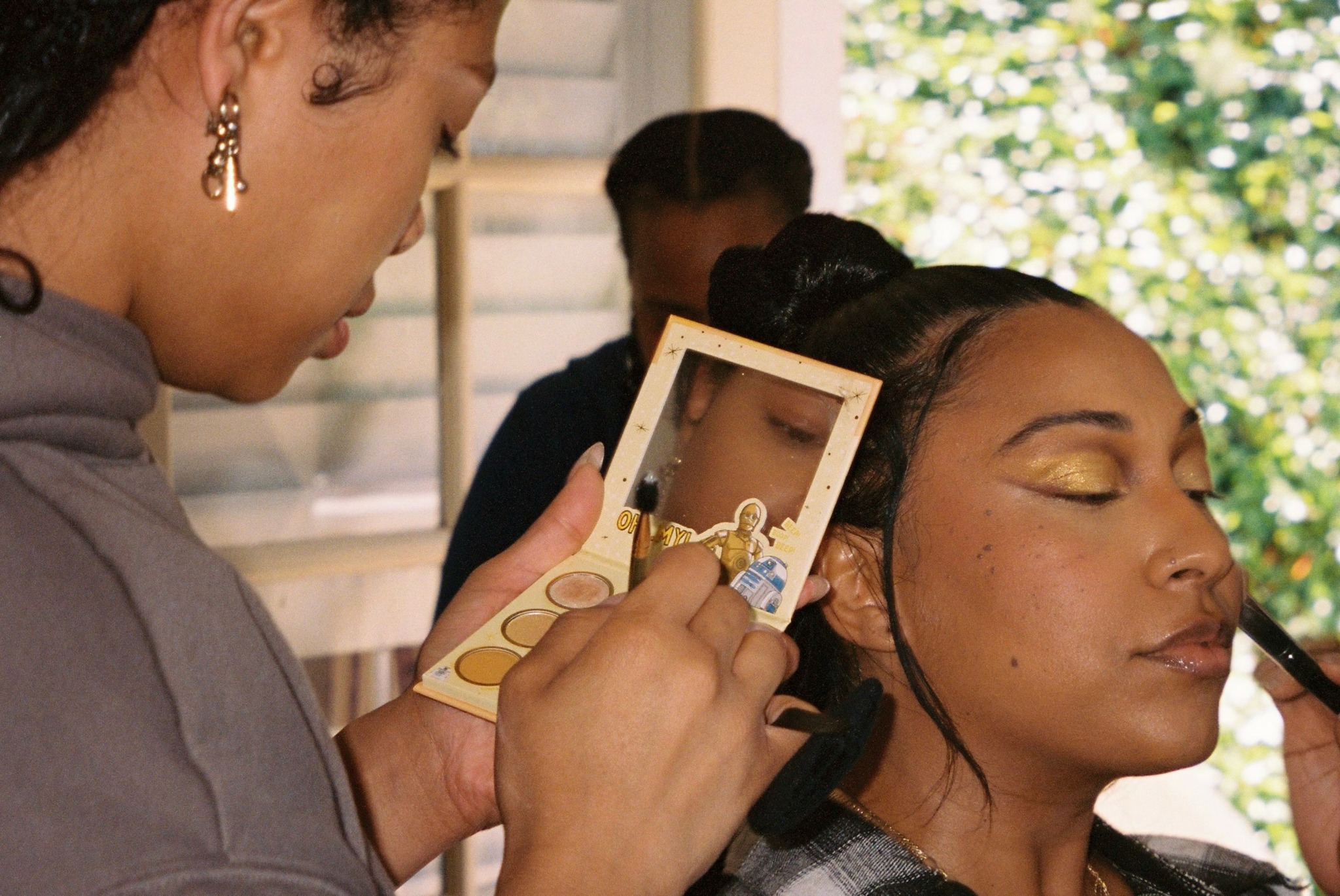
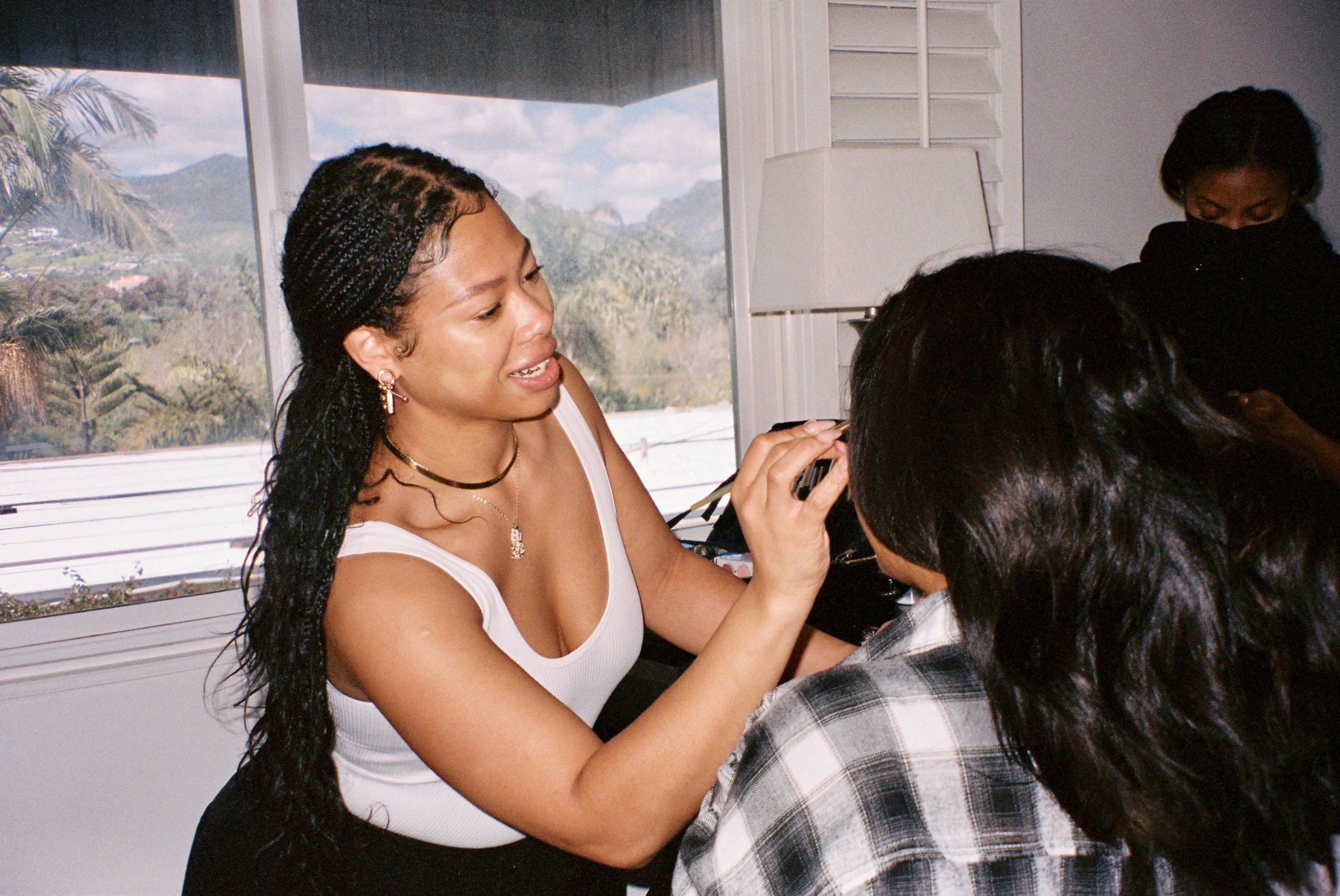

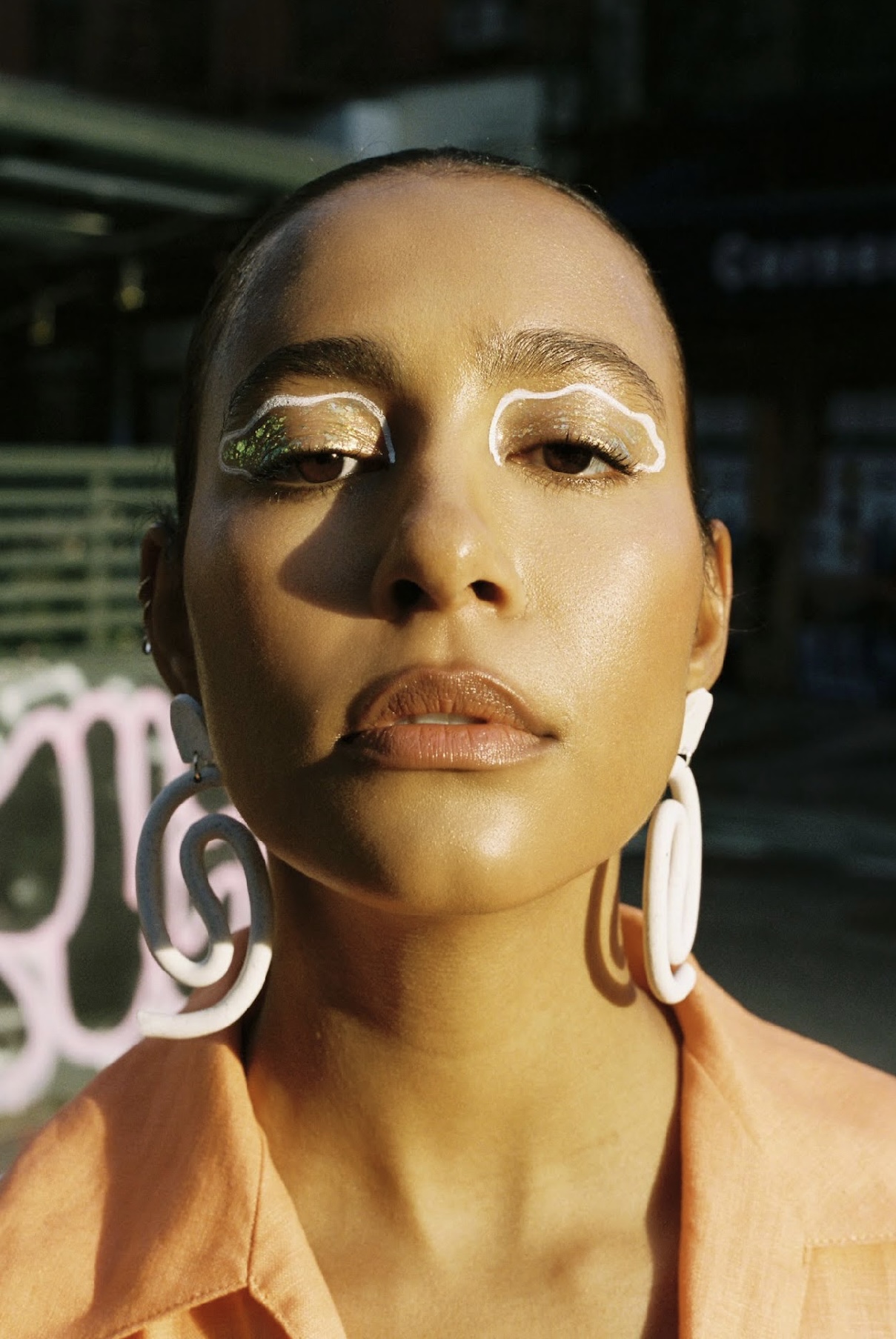
Image Credits
Image credit: Jode-Leigh Nembhard
This is for the Photos of me doing makeup
Image Credit: Stanley Collins


